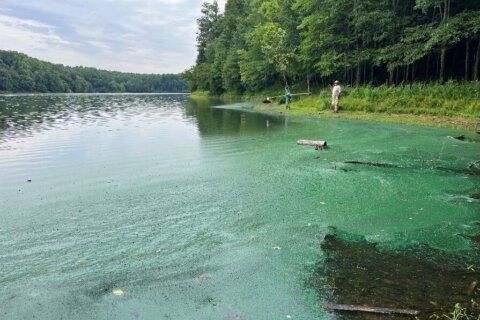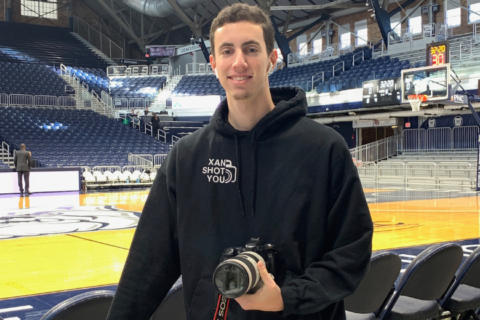The appetite for farm-fresh, locally grown food is strong in Montgomery County, Maryland, where there’s an effort to provide guidance to a growing segment of farmers — those from various racial and ethnic backgrounds, including Black and Indigenous farmers.
A new guide put out by the Montgomery Countryside Alliance and the county’s Office of Agriculture offers a range of resources for those eager to dig in to food production.
Kristina Bostick, with Montgomery Countryside Alliance, said that while the percentage of nonwhite food producers in the county is just 9.7%, according to a 2017 agricultural census, an increasing number of women, immigrants and people of color are interested in becoming farmers.
One of the biggest barriers, she said, is the high cost of land in the county. While there are 90,000 acres of land set aside in Montgomery County’s Agricultural Reserve, access for farmers trying to grow their first harvest has been challenging. Among the resources in the guide is information on the Land Link Montgomery program, which started in 2011 and helps match new farmers with landowners.
The guide also has information on training programs, something that Nia Nyamweya, founder and farm manager of Beauty Blooms Farm in Damascus, said helped her.
“I got classroom learning. I got to learn from the experiences of other farmers. I got to visit other farms,” she said.
All of which allowed her to understand what it takes to run a successful farm operation.
Nyamweya was born and raised in Silver Spring, but became interested in farming as an outgrowth of her work as a community organizer and a way that connects her to her heritage.
“My Dad is from Kenya, so I call myself a returning generation farmer because both sides of my family have been farming for millennia,” Nyamweya said.
Another facet of the effort to expand opportunities to a diverse group of farmers is reflected in what is being produced. There’s a growing population of immigrant and first-generation county residents looking to find familiar foods, such as the cowpea leaves grown by Nyamweya, which are the foundation of a dish called kunde.
“It’s really high-dense nutrition, and it’s really yummy sautéed,” Nyamweya said, noting that it’s among the most popular items she grows.
Three years into farming, Nyamweya said she’s been able to give up her day job and farm full time.
“The majority of what I grow actually goes wholesale to both the Capital Area Food Bank and the Montgomery County Farm to Food Bank program,” she said, adding that her produce is also on offer at a Takoma Park farmers market.
“We have a great market in the D.C. area and all types of folks looking for all types of local foods,” Nyamweya said.
The hunger for locally grown foods became starkly evident during the height of the pandemic when disruptions in the supply chain led to shortages on grocery shelves. Bostick said farmers reported people showing up in their driveways, asking, “Excuse me, can we buy a chicken from you?”
Another impetus to encourage more people to take up farming: the average age of farmers in Maryland is 59 according to Bostick. “We need more farmers; we need more people to take this up” as a career.
On her website, Nyamweya writes, “Farming is no joke,” but told WTOP that she relishes the work. “I’m really happy to be a farmer. It’s fulfilling and you get to connect with your values and connect with the community. It’s a labor of love.”








